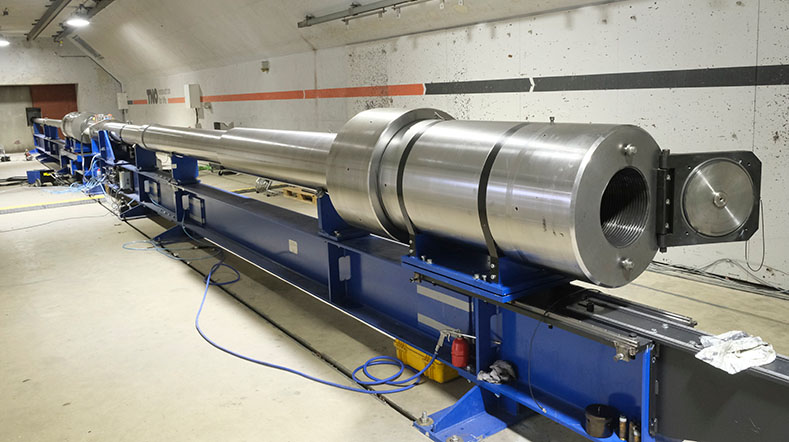Prevent mild brain damage (mTBI) in the military? TNO is helping to build knowledge
A kitchen cabinet, a slip, a glass door – we all hit our heads so hard sometimes that we’re left feeling dizzy. We may have to sit for a while, but then we’re able to move on. But do you also recover as quickly when you experience this more often than ‘occasionally’? Or even very regularly over a period of years?
It’s not hard to imagine that receiving ‘hard blows’ to your head regularly can cause permanent problems. Professional athletes, such as boxers, rugby players, and ice hockey players, have been found to suffer long-term ‘mild traumatic brain injury’ (mTBI) as a result of their sporting activities. This mTBI is also lurking in another occupational group: our armed forces. They too are regularly exposed to ‘blows’ to the head.
Exposure to shockwaves during weapon training
‘Our military personnel really have to deal with this’, explains Anton Soons, medical adviser to the Ministry of Defence. ‘During training sessions, every time a weapon is fired, a shockwave or blast is released, some of which lands on the soldier and therefore on his or her head. Repeated exposure to blasts through training with heavy or very heavy weapons is somewhat similar to the blows received by a boxer. My main task is to protect our people from unnecessary exposure to risky activities. Ultimately, we want to be ready for military operations with as many healthy people as possible.’
Headaches, fatigue, and difficulty concentrating
The impact of blasts on soldiers first came to our attention through complaints of soldiers who were entering a building by blowing up a door or wall, so-called ‘breachers’. Complaints included headaches, fatigue, and impaired concentration. We received similar complaints from soldiers who served in Afghanistan. For Defence, this prompted a study into how to prevent these health problems. We know from international research that these symptoms can be caused by mTBI. As Dutch Defence, we want to further develop the knowledge domain in this area and explore how we can better protect our soldiers during training with their own weapons. TNO is our partner in this.
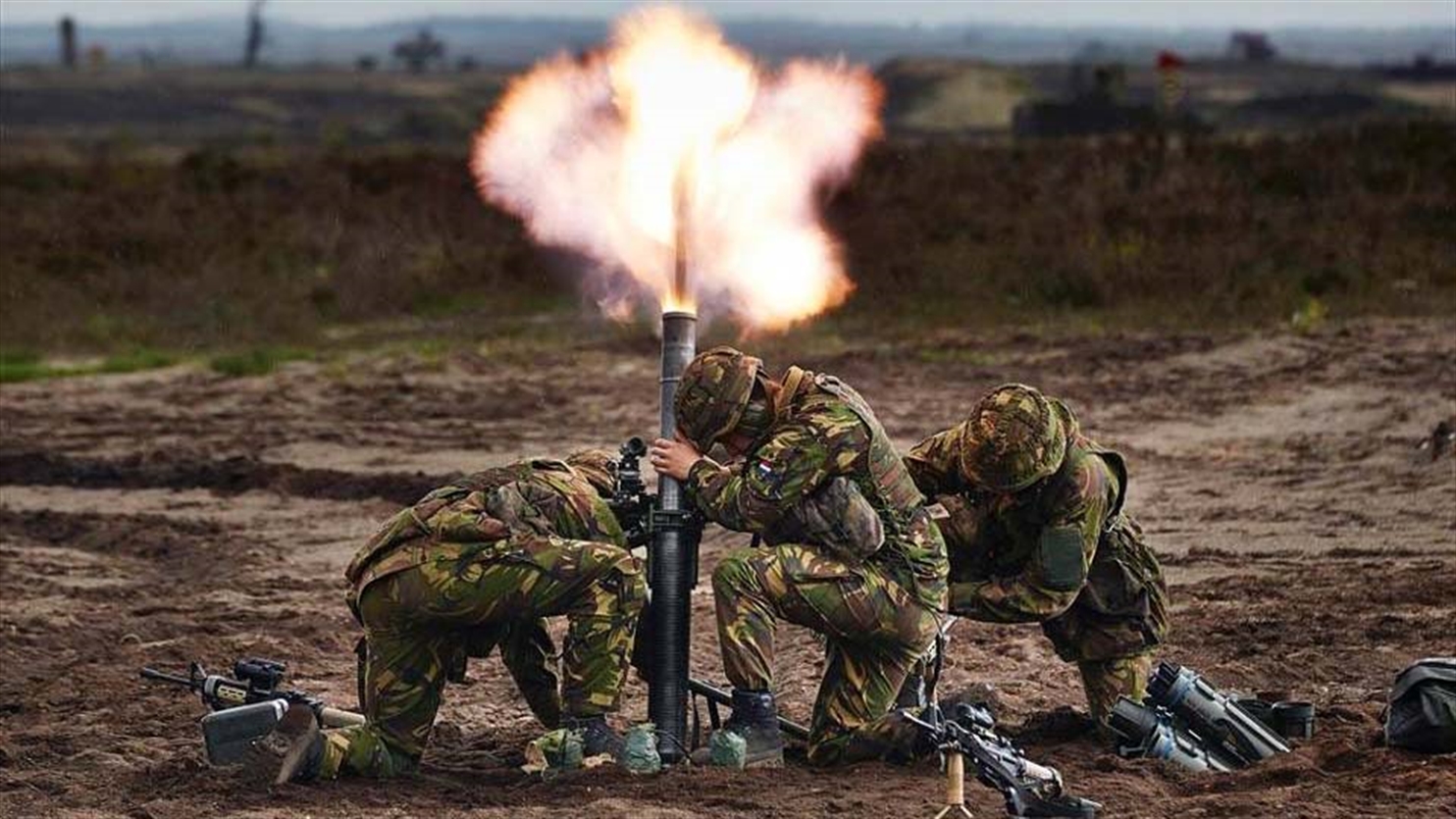
Long-term forecasts
‘The brain is the most complicated organ in our body’, explains Tim Westerhof, research leader at TNO. ‘We still know relatively little about it, making it difficult to explain how and why changes occur. I chair an international research group focused on building knowledge about long-term brain injuries that can occur as a result of using certain types of weapons. Researchers include neuroscientists, doctors, and Defence staff.
Our research comprises several steps. The first step is to map the load. How much force the soldier ‘absorbs’ depends on various factors. These include the type of weapon fired, of course, but also the distance between the soldier and the weapon, as well as the level of protection or shelter between the weapon and the soldier. We’re investigating how much pressure is released by each type of weapon, and we want to record how often a soldier fires it or is near it when it’s fired. This makes it easy to calculate how much pressure the soldier absorbs. Long-term prediction is more difficult, as there are many individual differences. But we’re working on that too, because the degree of repetition, the long-term build-up, is probably a determining element in the development of brain damage.’
The NATO Science and Technology Organisation (NATO-STO) was established to ensure that NATO allies generate, share, and disseminate scientific knowledge, technological developments and innovations in support of the Alliance’s core missions.
Within NATO-STO, panels work towards different objectives. The mission of the NATO Human Factors and Medicine (HFM) panel is to provide the scientific and technological basis for optimising the health, protection, well-being, and performance of people in operational environments.
TNO research leader Tim Westerhof chairs the HFM 338 research group. The primary goal of this research group is to develop science-based guidelines for blast exposure in order to better assess and control activities that may cause mTBI, thereby preventing permanent and progressive brain injury in military personnel. The secondary objective is to identify knowledge gaps in order to focus future research.
Within HFM 338, TNO is collaborating with Defence research institutes and universities from Canada, France, Germany, Great Britain, Norway, the United States, South Africa, and Sweden.
Simulation of load on brain
‘Mapping the amount of shock to the body is one thing. Determining how the brain responds to this is the second, much more complex step,’ Westerhof continues. ‘One of our challenges is that there are no good surrogates for the brain yet. Testing with a ‘crash test dummy’, for example, would be an oversimplification and would not give reliable results. We’re developing computer models that allow us to simulate the load on the brain and estimate responses and recovery times. This is theoretical research that we can only test in the laboratory at a later stage.’
Quick and easy testing
‘The third part of the study, for which we need input from Defence, is more practical’, says Westerhof. ‘The aim of this part of the research is to put together the right testing programme to identify at an early stage which individual soldiers are more vulnerable to blast injury, in order to potentially prevent early brain damage. We have selected several tests for a test protocol. Using this, we want to measure short-term effects in military personnel. Military personnel complete questionnaires before, shortly after, and some time after training with their own weapons. The aim is to detect short-term cognitive changes. We also test fine motor skills, balance, and reaction speed. We plan to eventually expand these tests to include blood tests and other medical tests.’
Soons adds: ‘With this research, I also want to demonstrate a correlation between the results of scientific tests and the simple and quick tests a commander can do in the field to determine if a soldier has absorbed too much blasts to be able to function responsibly at that moment. Intervening at times like this could potentially limit a lot of future damage.’
Improving training facilities
‘For the fourth part of the study, we’re conducting a detailed analysis of training materials and facilities’, Westerhof continues. ‘This includes the testing of helmets and other body-worn protective equipment, and the covering of the walls in the facilities. We’re investigating whether there is new knowledge or technical innovation that can improve training facilities. We also examine how the medical chain is set up in the facilities. Should medical facilities be further expanded or are more targeted facilities needed?
This part of the research is already at an advanced stage’, Westerhof says in conclusion. ‘We hope to be able to make our recommendations on this within the next few months and thus make our first contribution to reducing the risk of mTBI for our military.’
Get inspired
TNO’s Unit Defence, Safety & Security strengthens ties with South Korea


How the use of passive radars and satellite signals can detect and identify aerial threats
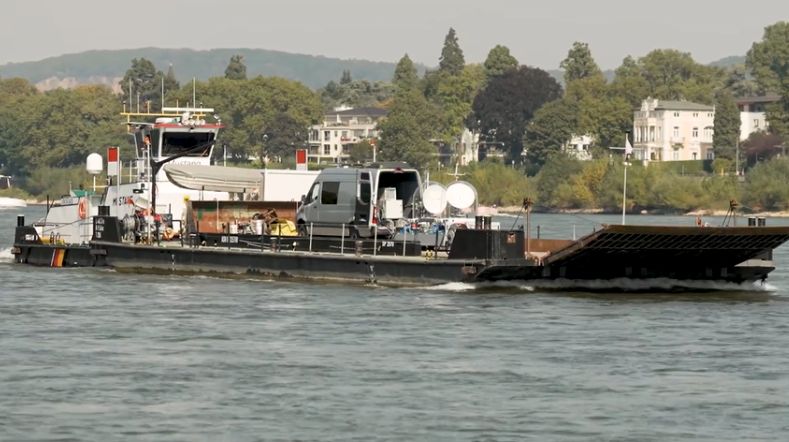

Responsible for safety: the crucial role of the range operator in bulletproof protection
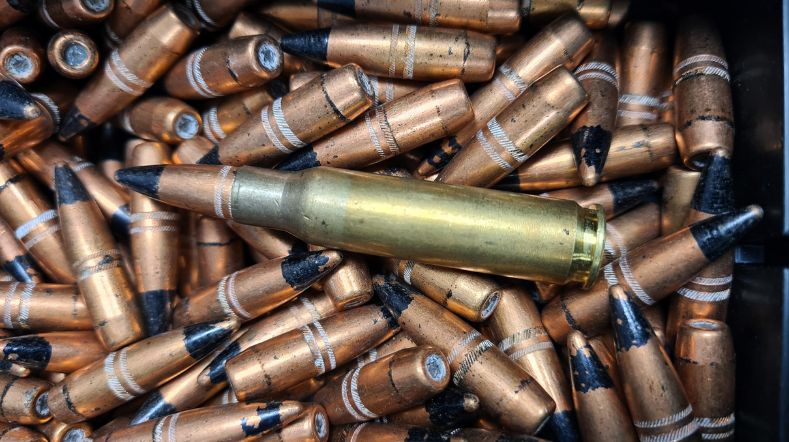

Is the race between protection and weight of Defence vehicles changing?
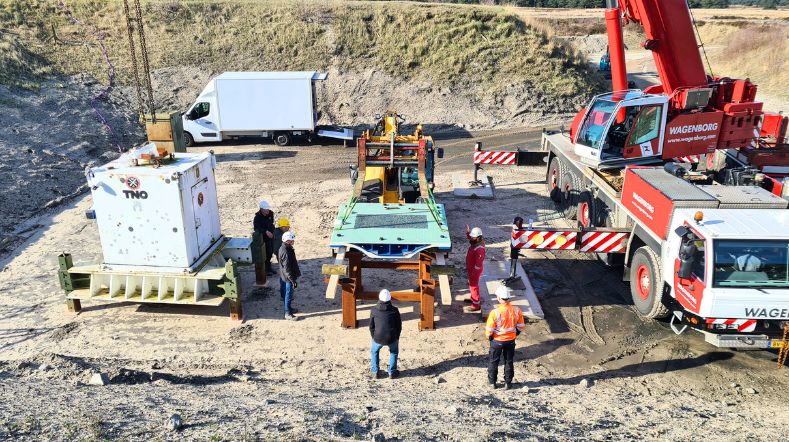

How does TNO help protect us from hypersonic weapons?
